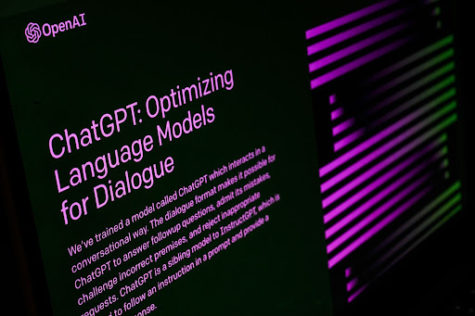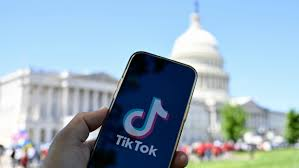ChatGPT in the AI Era – Ethical Concerns in the Digital Age
Humanity is in the midst of a massive shift in the ways we interact, read, write, work, play, and learn.
Since the rise of ChatGPT and its related sister projects, like Google’s BARD language mode, many people have engaged in use of these language models in order to write and produce everything from essays to automating their social media posts.

With these brand new language models, many people have begun to embrace them as a brand new way for the world to communicate with one another. One notable application of these language models is their use in writing and content production.
People have increasingly turned to ChatGPT and similar models to aid them in crafting essays, articles, and various other forms of written content. The accessibility and versatility of these tools have empowered users to streamline their writing processes and produce engaging and well-crafted pieces.
Moreover, the impact of these language models extends beyond individual writing endeavors. They have sparked a global movement towards embracing a new mode of communication.
As these technologies gain traction, they are reshaping the way people interact and exchange information.
However, it is important to approach the utilization of these models with a critical lens. While they possess remarkable capabilities, the source of their knowledge and information can sometimes be uncertain.
It is crucial for users to exercise caution and ensure the accuracy and reliability of the content generated. Fact-checking and verifying sources remain integral to maintaining the integrity of the information shared.
The impact of AI-generated text extends beyond written content to the realm of speech synthesis. The rise of AI-generated text-to-speech bots has garnered significant attention, with some notable examples being the trio of popular personas featuring Donald Trump, Joe Biden, and Barack Obama engaging in unexpected activities; like playing Minecraft and creating tier lists.
These AI-generated text-to-speech bots have gained popularity due to their ability to mimic the voices of well-known personalities, adding an element of entertainment and novelty to their outputs. The technology behind these bots utilizes deep learning techniques to analyze and replicate the unique speech patterns, intonations, and cadences of individuals like Donald Trump, Joe Biden, and Barack Obama.
The fusion of these influential figures with unexpected activities, such as playing Minecraft or creating tier lists, has resulted in a blend of humor and curiosity for audiences. It highlights the creative potential and versatility of AI technology, capturing the imagination of individuals who enjoy witnessing familiar voices engaging in unexpected scenarios.
While these AI-generated speech bots offer entertainment value, it is important to recognize the limitations and ethical considerations surrounding their usage. The use of public figures’ voices raises questions about consent and the potential for misrepresentation or misuse.
It is crucial to employ these bots responsibly, respecting the rights and intentions of the individuals whose voices they emulate.
First and foremost, companies at the forefront of AI development bear a significant moral responsibility. They must prioritize the ethical implications of their technologies and implement safeguards to mitigate potential risks. This includes robust content moderation systems to prevent the dissemination of harmful, misleading, or malicious content.
Striking a balance between innovation and responsible deployment is paramount, as unchecked or unregulated use of AI-generated text and speech can have far-reaching consequences.
Users who generate content using AI technologies also have a moral obligation to exercise caution and responsibility. The ease of access to these tools should not overshadow the importance of verifying sources, fact-checking information, and ensuring that the content created adheres to ethical standards.
It is essential to be mindful of the potential for misinformation, manipulation, or the amplification of harmful narratives. Users must recognize that while AI can assist in content creation, the ultimate responsibility for the impact and consequences of that content lies with the individuals who generate it.
To mitigate the threats associated with AI-generated text and speech, collaboration between technology companies, policymakers, and society at large is crucial. Clear guidelines and regulations should be established to govern the use of these technologies.
Ethical frameworks and standards can help guide developers and users alike in navigating the potential pitfalls and ensuring responsible usage.
Additionally, fostering media literacy and critical thinking skills among users is paramount. Educating individuals on the capabilities and limitations of AI-generated content can empower them to make informed decisions and critically evaluate the information they encounter.
Ultimately, the future of AI-driven language models and speech synthesis lies in our collective responsibility to shape their development and usage ethically. By doing so, we can ensure that these transformative technologies serve as valuable tools in enhancing communication, creativity, and productivity, while upholding the values and integrity of human expression.
Your donation will support the student journalists of Canyon Hills High School. Your contribution will allow us to purchase equipment and cover our annual website hosting costs.




























